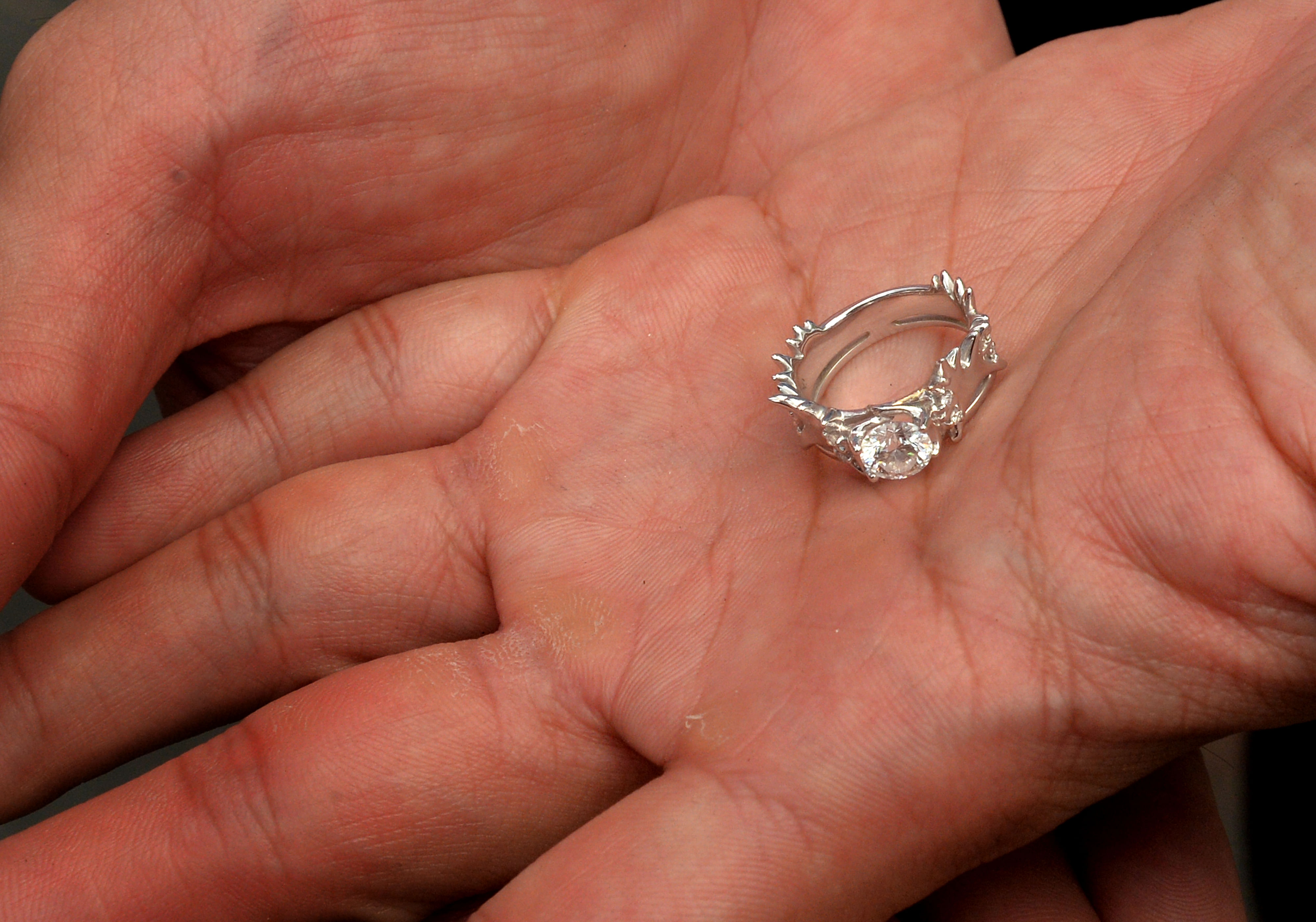Once every four years, February gets an extra day - Feb 29.
Known as a leap year, this calendar feature has an interesting history and has given rise to some curious traditions.
Here are nine things you might not know about the leap year, also known as an intercalary or a bissextile year.
1. Astronomy is involved

As it takes roughly 365.2422 days for the Earth to make a complete orbit around the Sun, an extra day is added to a leap year in order for the Gregorian calendar - the most universally used in the world with 365 days - to catch up to the solar year.
2. Every four years - in theory
While the year 2000 was a leap year, the years 1700, 1800 and 1900 were not.
A year that is divisible by 100, but not by 400, is not a leap year. This is because of a solution introduced into the Gregorian calendar.
3. A Roman Emperor and a Pope
Before Julius Caesar took control of the Roman Empire, people followed a convoluted 355-day calendar that contained an additional 22-day month every two years.
To simplify things, Caesar had his astronomer, Sosigenes, come up with a new calendar that made do with an extra day every four years to compensate for the extra hours. The extra day was added to the month of February.
Pope Gregory XIII and his astronomers further refined it and came up with the Gregorian calendar in 1582, which takes into account the fact that a year is not exactly 365.25 days long.
The solution? Lose three leap days every 400 years, although mathematics professor Ian Stewart told BBC Magazine in 2012 that the science behind it will have to be reworked in another 10,000 years.
4. Why does February have only 28 days?
Under Julius Caesar, February initially had 30 days, while August had only 29 days. July - named after the emperor - had 31 days.
When his successor, Caesar Augustus, took over, he became angry at the lack of days for his namesake month and decided to add two days so August would be on a par with July. February was the month that lost days for this act of vanity.
5. Women get to propose on Feb 29

A popular legend claims that the custom dates back to the 5th century, when an Irish nun by the name of St Bridget complained to Saint Patrick that women were made to wait too long for their suitors to pop the question. He then decreed that women would be allowed to propose on Feb 29.
A British survey done this year revealed that 47 per cent of British women would consider reversing the traditional proposal roles and popping the question themselves.
6. What happens if you are born on Feb 29?
The chances of someone being born on Feb 29 are one in 1,461. They are referred to as "leapers" or "leaplings" and can chose to celebrate their birthday either on Feb 28 or on March 1.
7. How many "leapers" are there?

There are approximately 4.1 million in the world who have a leap birthday. Notable people born on Feb 29 include Pope Paul III (in the year 1468), English poet John Byron (1692), Italian composer Gioachino Rossini and US motivational speaker Tony Robbins (1960).
8. Olympics, rare diseases and weddings
The Summer Olympics - the upcoming one will be staged this August in Rio de Janeiro - are always held in a leap year.
Feb 29 is also Rare Disease Day. First introduced in 2008, the occasion saw patient groups from different countries, representing a variety of diseases, collaborate on an awareness campaign.
In Greece, couples avoid getting married in a leap year as it is deemed bad luck to do so.
But the US town of Anthony, the self-proclaimed "Leap Year Capital of the World", believes just the opposite - it celebrates with a boisterous Leap Year Festival every four years.
9. Other calendars with leap years
The modern Iranian calendar is a solar calendar that adds eight leap days every 33 years.
In the Indian national calendar, the official civil calendar in India, the months in the first half of the year have 31 days, while the months in the second half have 30 days. It is used along with the Gregorian calendar and is arranged such that its leap day is always close to Feb 29.
Sources: BBC, The Telegraph , Reuters, Rarediseaseday.org


